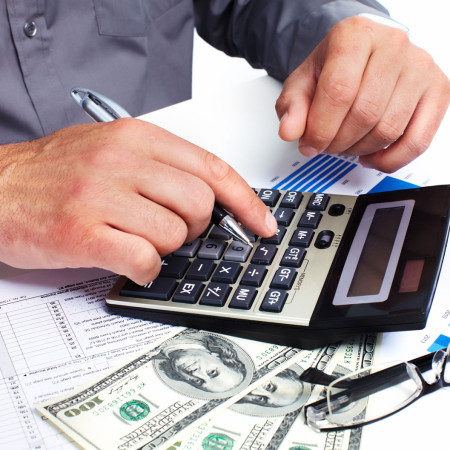There is a great deal of buzz starting to generate around the “value-added tax” (or VAT). The concept of a VAT was first proposed by Wilhelm von Siemens, son of the founder of Siemens in 1918. The first country to implement a value-added tax was France in 1954. Today, nearly 100 countries have a VAT. The U.S., so far, is not among the list. But that may change soon.
Many experts are arriving at the conclusion that income tax increases and spending reductions alone will not be enough to bring the annual budget deficit to manageable levels. The solution being offered is the adoption of a value-added tax. The new 1099 filing requirements for 2012 (not to be confused with the 2011 1099 requirements) may be a first step towards adoption of a VAT. If it does happen, business owners need to get ready for a mountain of new tax compliance paperwork.
Exactly what is a value-added tax?
A VAT is similar to a sales tax with two important differences. First, sales taxes are charged by state governments (and in some cases by municipalities) and only impact transactions that occur within that state. A VAT is charged by the federal government and impacts transactions anywhere in the country.
Second, sales taxes are due and collected on goods and services when they are consumed. The cup of coffee you purchase at the corner deli requires that you (the consumer) pay a sales tax. The deli did not pay a sales tax on the disposable cup or on the beans used to brew your coffee. The deli was just a “middle man” from a sales tax perspective and exempt from the sales tax. With a VAT, every company that touches a product or service on the path from raw material to finished good must pay a value-added tax. The mechanics are a bit tricky.
How does a value-added tax work?
The best way to understand how a VAT works is through an example. Let’s use a pizza. A family farm grows tomatoes, makes cheese from cow’s milk and grows wheat. It sells these ingredients to a frozen pizza maker for $2.00. The maker then converts these ingredients into a frozen pizza and sells it to a local supermarket for $6.00. The supermarket sells the pizza to a consumer for $10.00.
Assuming a 10 percent sales tax rate, the consumer would pay a total of $11.00, the $10.00 for the pizza plus $1.00 ($10.00 x 10 percent) in sales tax. The supermarket sends the $1.00 in sales tax to the government. None of the companies that “touched” the future pizza pay sales taxes.
With a VAT, each company would pay the VAT rate on the value it added to the product. The way it works is through a two-step process. Assuming a 10 percent VAT rate:
- The farm sells the ingredients for $2.20, consisting of the same $2 plus the 10 percent VAT, and sends the $0.20 in VAT to the government.
- The frozen pizza maker would sell the pizza for $6.60, consisting of the same $6 plus the 10 percent VAT. It would keep $0.20 to recoup the VAT it paid the farm and send the government $0.40.
- The supermarket would sell the pizza for the $11.00, consisting of the same $10 plus the 10 percent VAT. It would keep $0.60 to recoup the VAT it paid the pizza maker and send the government $0.40.
In the case of the VAT, the government is collecting the same $1.00 in taxes and the consumer still pays $11.00 for the pizza. The difference is that the consumer only sees an $11.00 price tag, without knowing exactly how much was paid in VAT.
In reality, the VAT would go to the federal government and the state governments would still want their sales taxes, so the consumer would pay a total of $12.10 for the pizza: $11.00 plus 10 percent ($1.10) in sales taxes.
Go to the article: Is a Value-Added Tax Heading Our Way?
